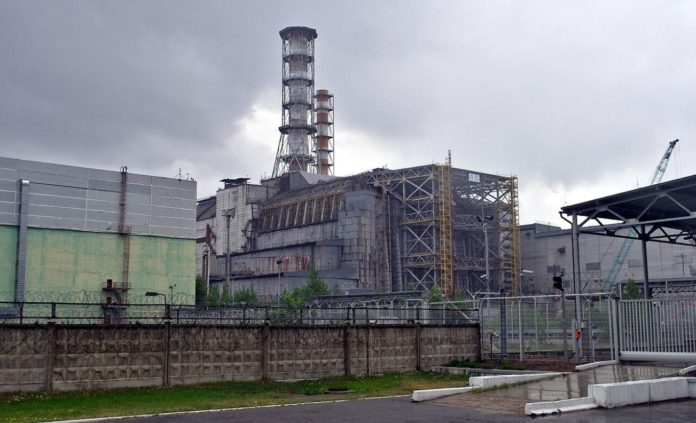We must not demonize nuclear energy. The important thing is the dose of radioactivity, not the radioactivity, as important as the dose of oxygen, hydrogen, or any other element with which we interact.
Do not stigmatize oxygen or hydrogen (although together, in the form of H20, it has caused millions of drowning victims throughout history).
However, those who abhor nuclear power are likely to have their fears reinforced by what appears to be happening at the Chernobyl plant.
- Scientists in Fear of This New Predator From Red Sea Eating Native Species in Mediterranean
- Does This Mean We Stopped Being Animal and Started Being Human Due to ‘Copy Paste’ Errors?
- The One Lifestyle Choice That Could Reduce Your Heart Disease Risk By More Than 22%
- Aging: This Is What Happens Inside Your Body Right After Exercise
- Immune-Boosting Drink that Mimics Fasting to Reduce Fat – Scientists ‘Were Surprised’ By New Findings
The basic neutron rate has increased, stabilized, and decreased again
The Chernobyl accident was a nuclear accident that occurred on April 26, 1986, at the Vladimir Ilyich Lenin nuclear power plant, located in northern Ukraine. It is considered the worst nuclear accident in history, and together with the Fukushima I nuclear accident in Japan in 2011, as the most serious on the International Scale of Nuclear Accidents.
But the nightmare might not be over. Ukrainian researchers from the Institute for Nuclear Power Plant Safety Problems (ISPNPP) have recently detected an unusually high amount of neutrons (a fission signal) emanating from an inaccessible room at the Chernobyl nuclear power plant, suggesting that a fission reaction has begun to take place.
When part of the Unit Four reactor core melted on April 26, 1986, the uranium fuel rods, its zirconium cladding, graphite control rods, and sand that were poured into the core to try to extinguish the fire melted into lava. It flowed into the basement rooms of the reactor room and hardened into formations called fuel-containing materials (FCM), which are loaded with approximately 170 tons of irradiated uranium, 95% of the original fuel.
The concrete and steel sarcophagus called the Shelter, erected a year after the accident to house the remains of Unit Four, allowed rainwater to seep in. Because water slows or moderates neutrons and thus increases their chances of hitting and splitting uranium nuclei, rains sometimes raised the neutron count.
Following a downpour in June 1990, a Chernobyl scientist sprayed a solution of gadolinium nitrate, which absorbs neutrons. Several years later, the plant installed gadolinium nitrate sprinklers on the roof of the Refuge. But the spray cannot effectively penetrate some basement rooms.
If it were to be intervened, then, perhaps humans or robots should pierce the room and spray it with a liquid that contains a substance like gadolinium nitrate.
According to Neil Hyatt, Professor of Nuclear Materials Chemistry at the University of Sheffield and a member of the UK Radioactive Waste Management Committee:
It’s like the embers in a barbecue pit
There are many uncertainties. But we can’t rule out the possibility of [an] accident.
It’s believable and plausible data
It’s just not clear what the mechanism might be
The threat can’t be ignored. As water continues to recede, the fear is that “the fission reaction accelerates exponentially,” Hyatt says, leading to “an uncontrolled release of nuclear energy.”
Although the chances are low, scientists cannot rule out the possibility of some kind of accident.
- Scientists in Fear of This New Predator From Red Sea Eating Native Species in Mediterranean
- Does This Mean We Stopped Being Animal and Started Being Human Due to ‘Copy Paste’ Errors?
- The One Lifestyle Choice That Could Reduce Your Heart Disease Risk By More Than 22%
- Aging: This Is What Happens Inside Your Body Right After Exercise
- Immune-Boosting Drink that Mimics Fasting to Reduce Fat – Scientists ‘Were Surprised’ By New Findings
In this case, it would occur gradually, but there may be an “uncontrolled release of nuclear energy,” Hyatt added.
In the worst case, that radiation would contaminate the closest surroundings.
